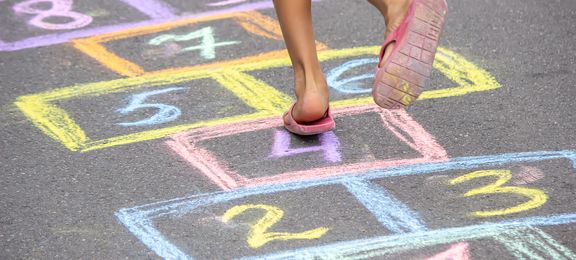
5 Fun Math Games

Practicing math for hours can be tiresome, luckily, the understanding of mathematics does not only increase by sitting in front of a book and doing exercises. There are many games and activities that make learning even more fun, and can be a nice break after a long day at school! Here are 5 fun math games!
The Multiplication Game
House of Math’s very own multiplication game! This game tests your multiplication skills. It’s about fast thinking and quick responses. Compete with your friends in solving 100 multiplications in the shortest amount of time.
Math Trail (outdoor)
- Mark a trail outdoors with a band, chalk or similar.
- Place familiar objects, for instance, cones, bottles, or reflexes.
- Each person competing walks through the trail and counts the placed objects.
- The person who gets closest to guessing the correct number of objects wins.
This game is about being creative. Place objects in trees and put objects beside each other. By setting a time limit you can make the game even harder.
Math Bingo
- Each player has a board consisting of a three-by-three grid.
- Write a number between 1 and 12 in each field.
- Throw 2 dice by turn. Each player chooses whether to add or subtract the numbers.
- Place a piece of choice on the number you get. If you do not have the number, the turn moves to the next player.
- The first player to get 3 pieces in a row has BINGO.
Math-orientation
- Participants receive a map over a restricted area.
- Mark separate posts on the map.
- Place tasks on the separate posts.
- A wrong answer will be penalized with time, for instance, 10 or 20 seconds.
This is a fun game in which the participants get to do math while they are in motion. You can find examples for puzzles here.
Minute Path
- Mark a trail about 200 meters.
- The participant’s goal is to walk the trail in 1 minute.
- What is the speed in m/s?
200 meters takes about 1 minute to complete at regular walking speed.
You can mark the different trails with separate times. You can also walk the trail a second time to try to hit your previous time. The participant who gets closest to 1 minute wins the first round. The participant who gets closest to their previous time wins the second round.
















